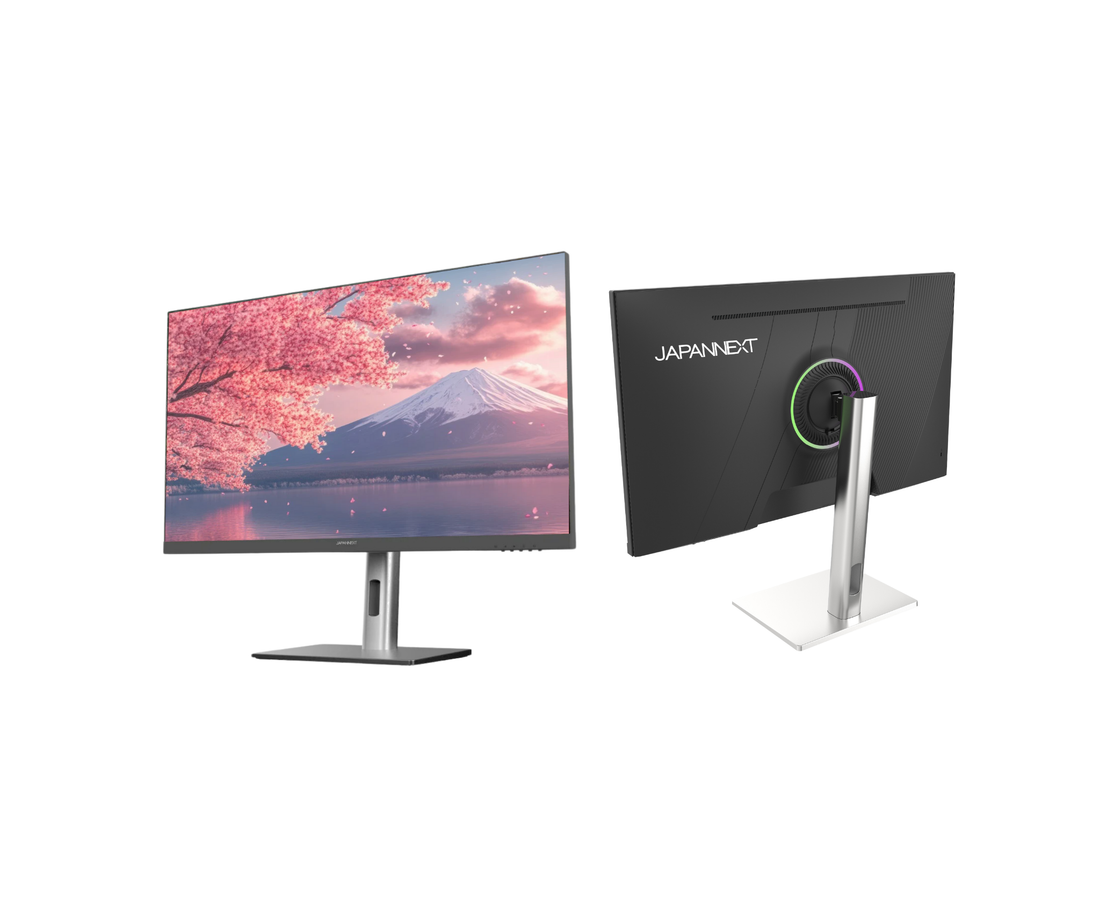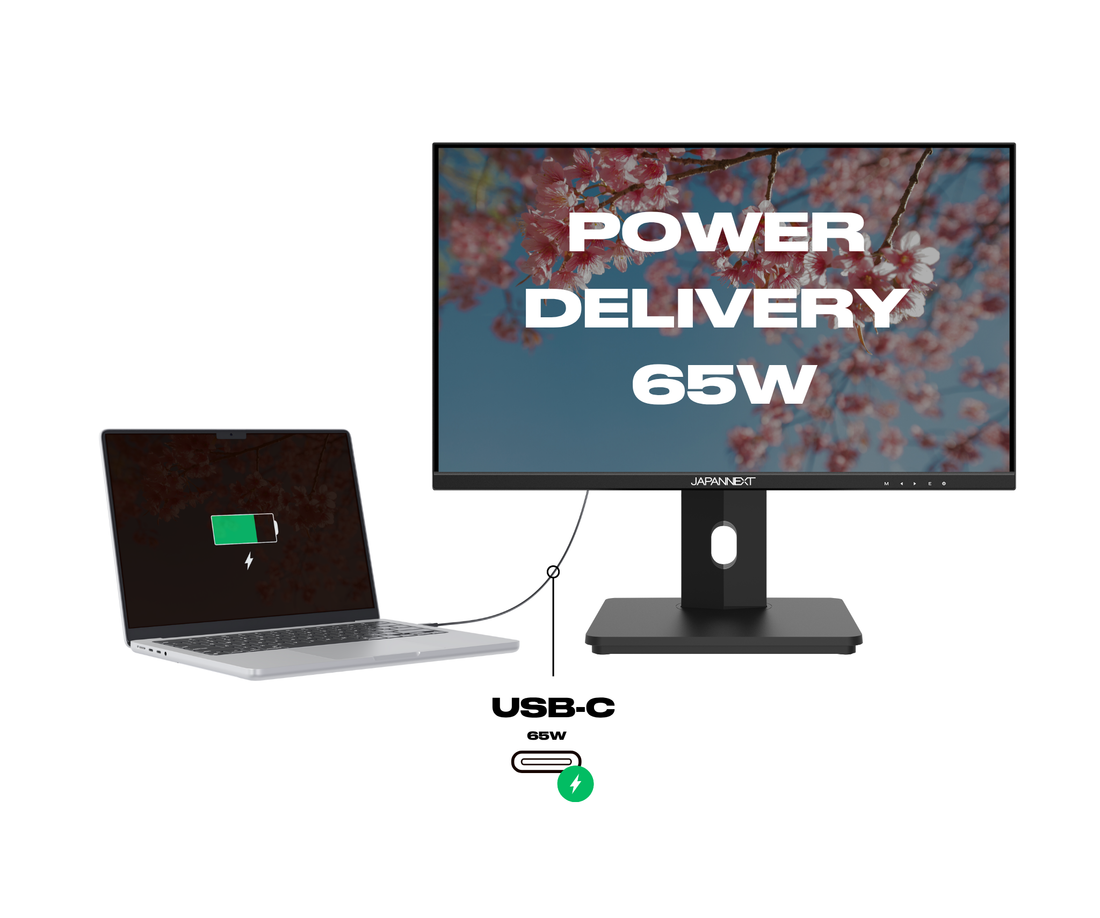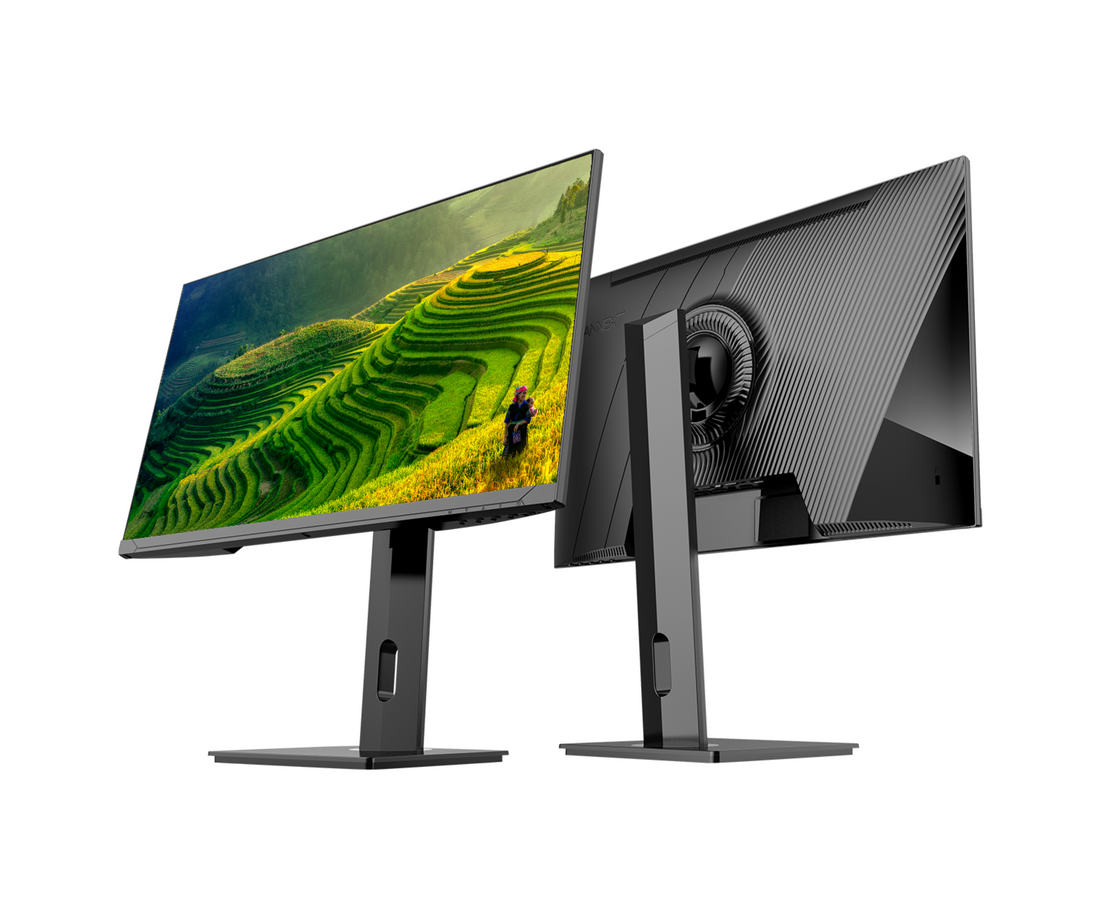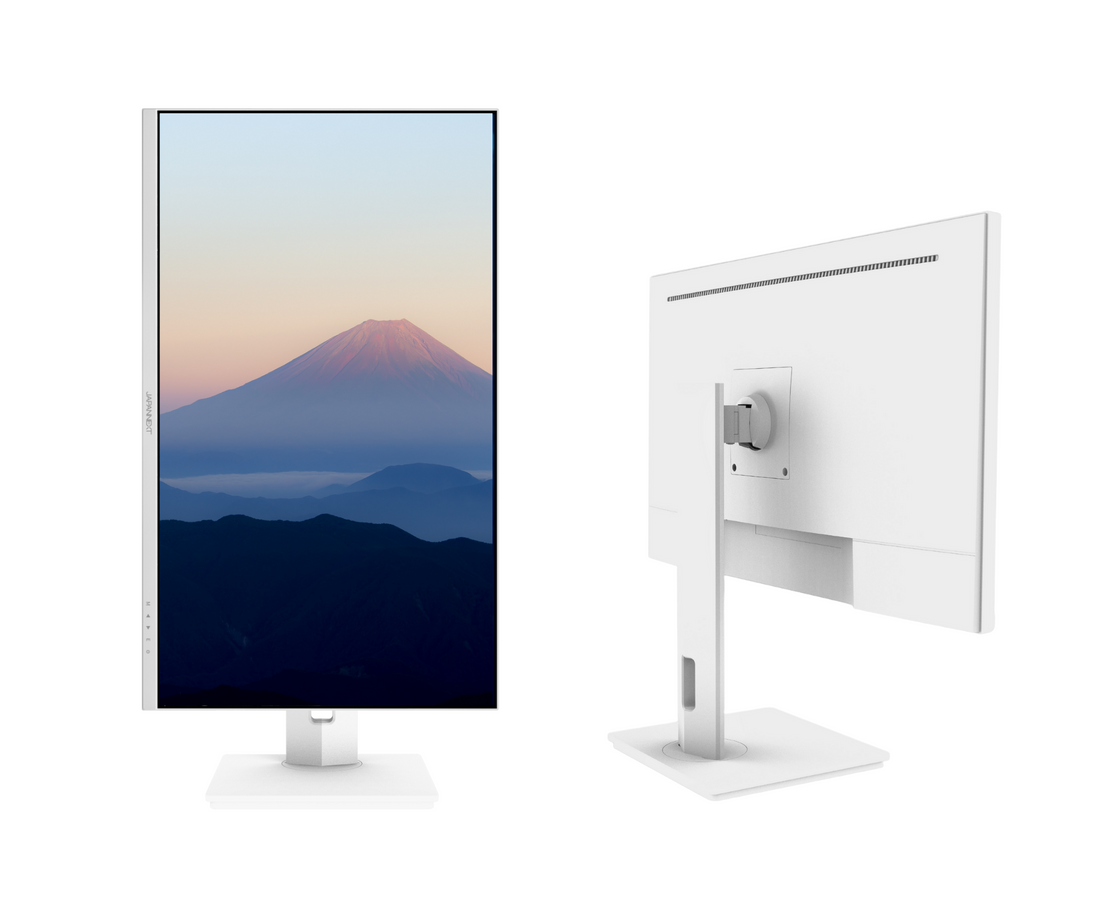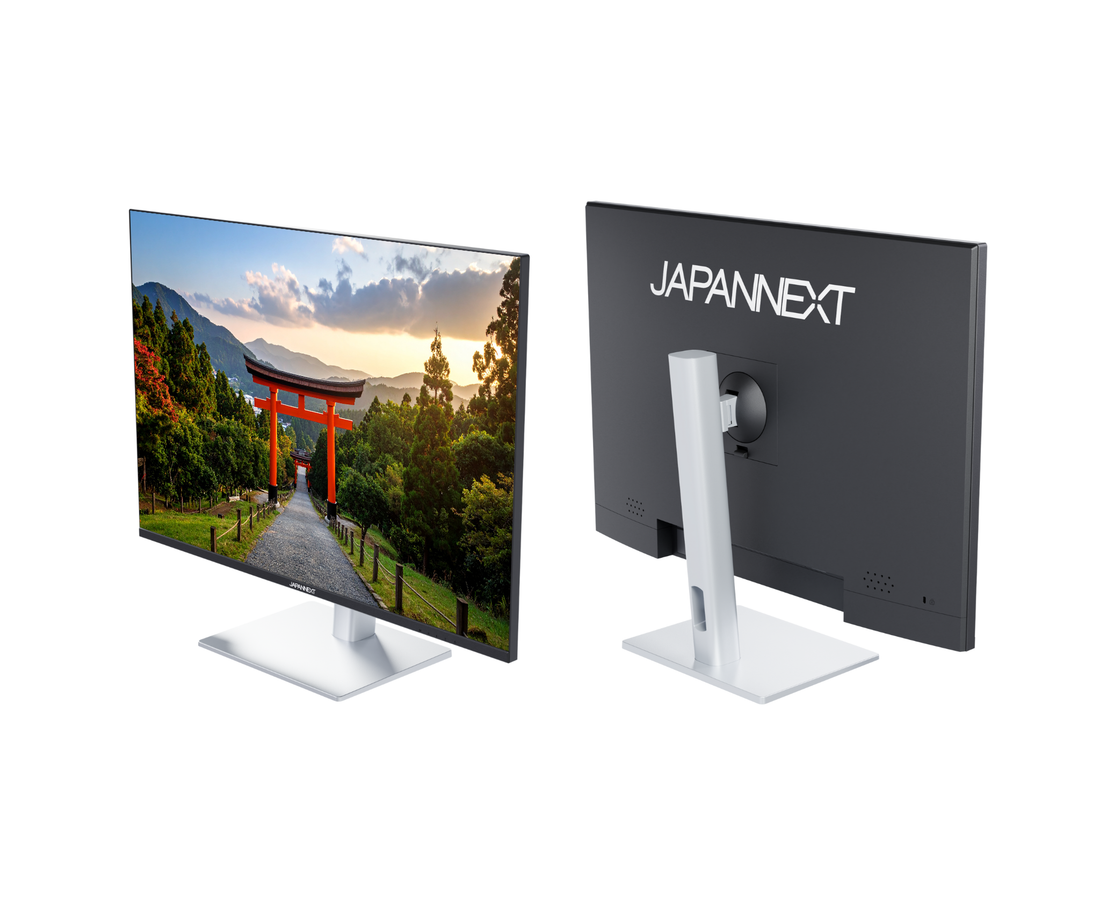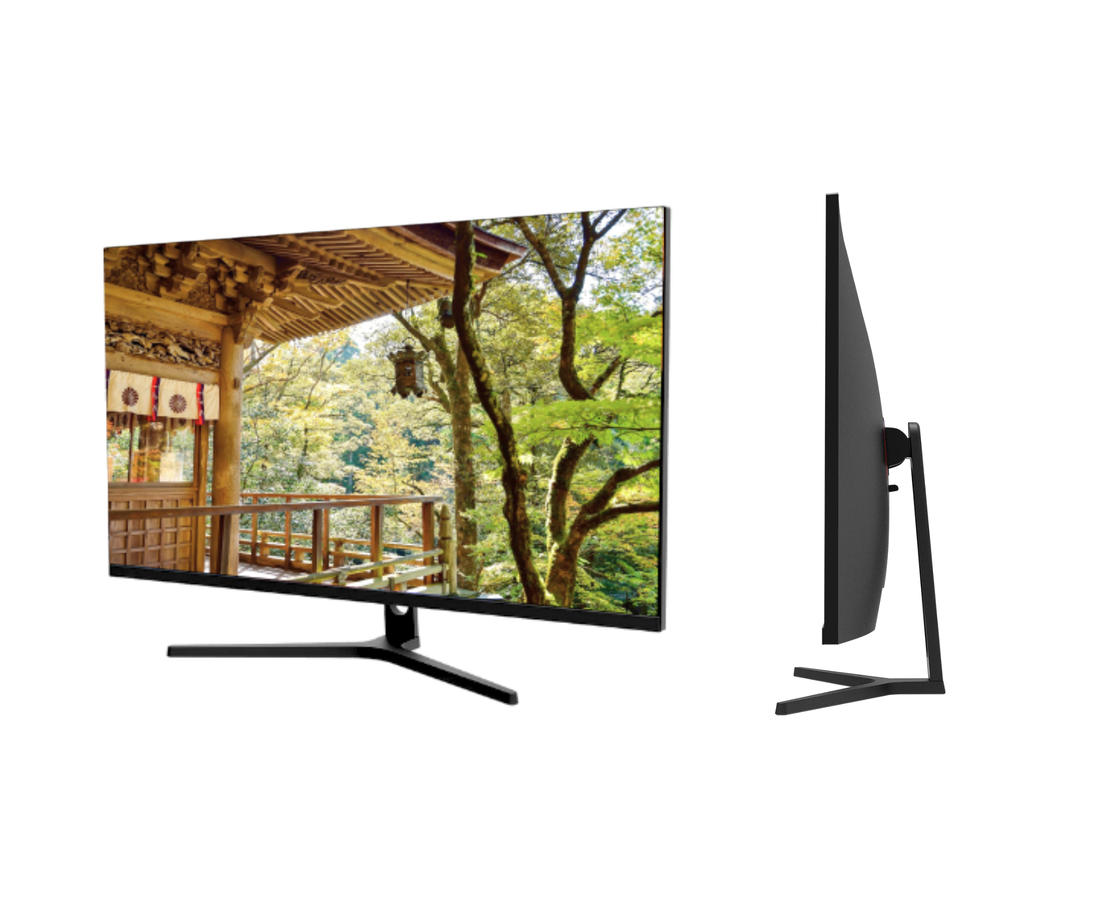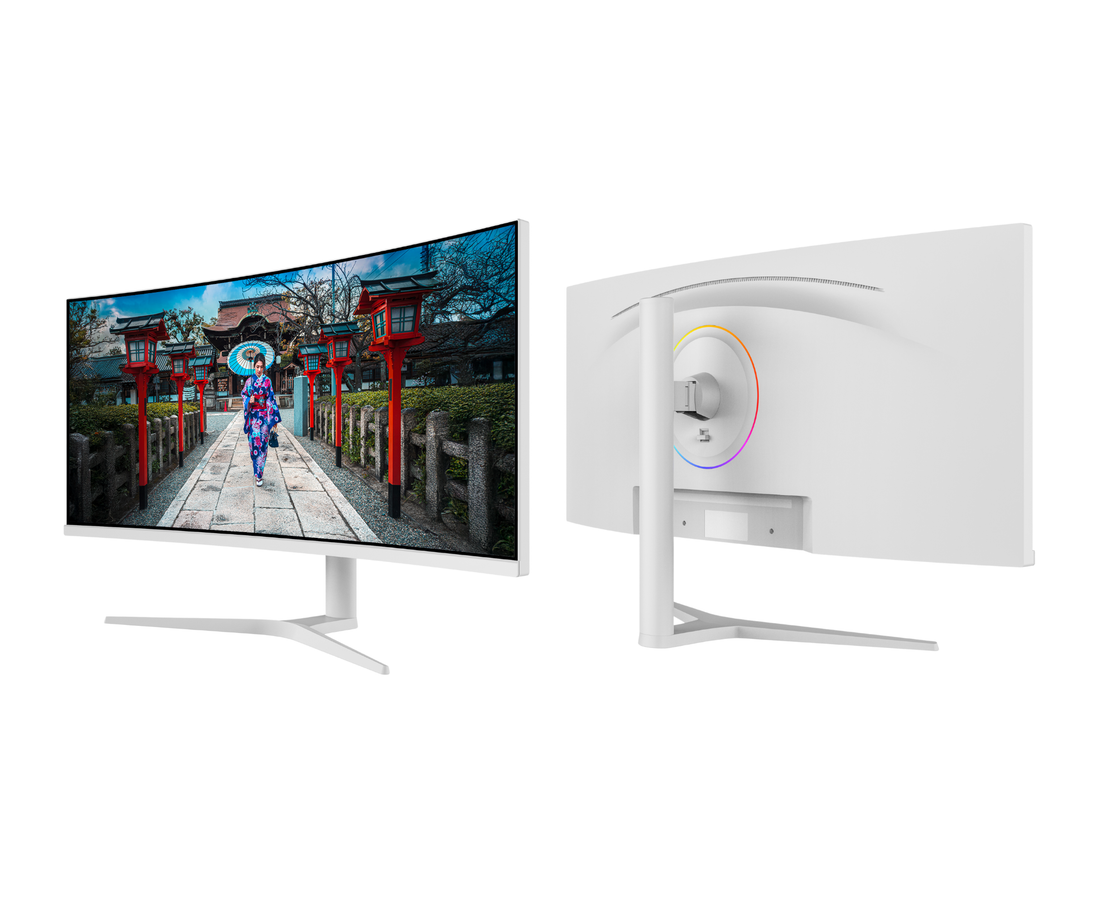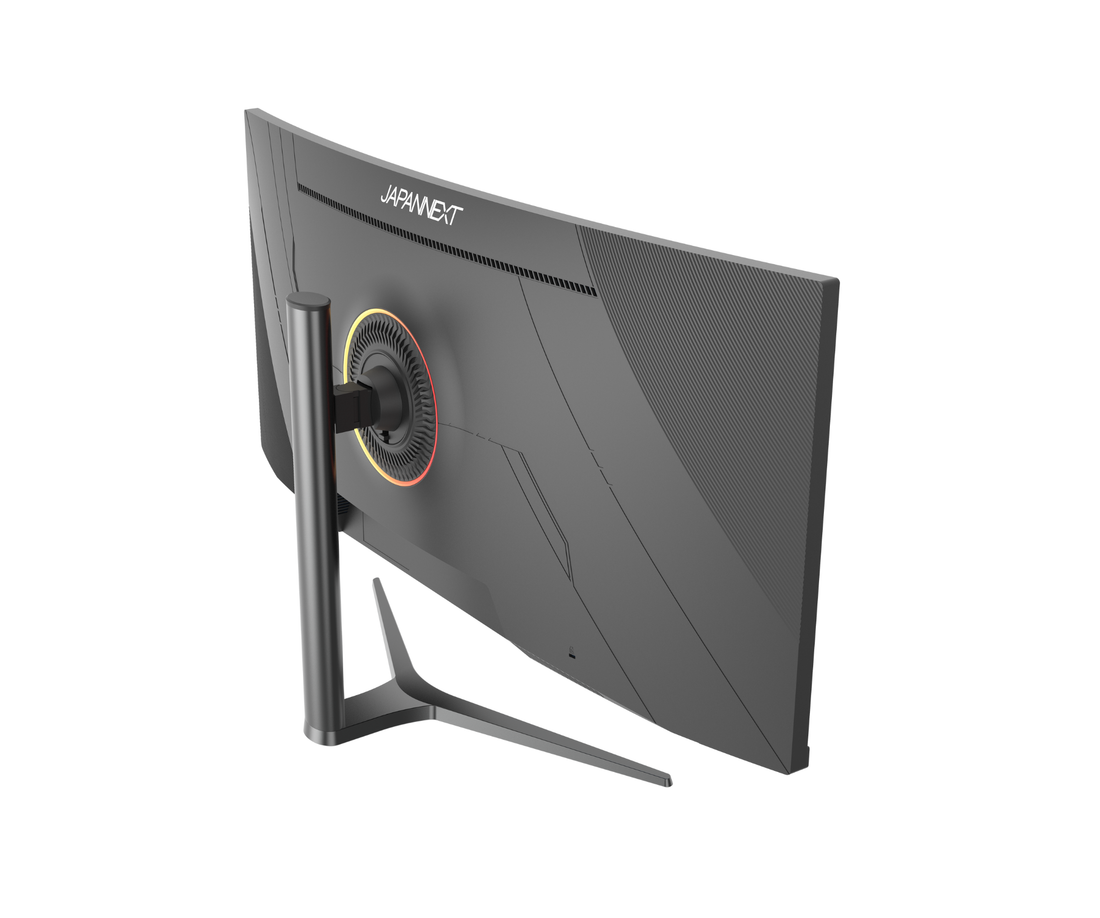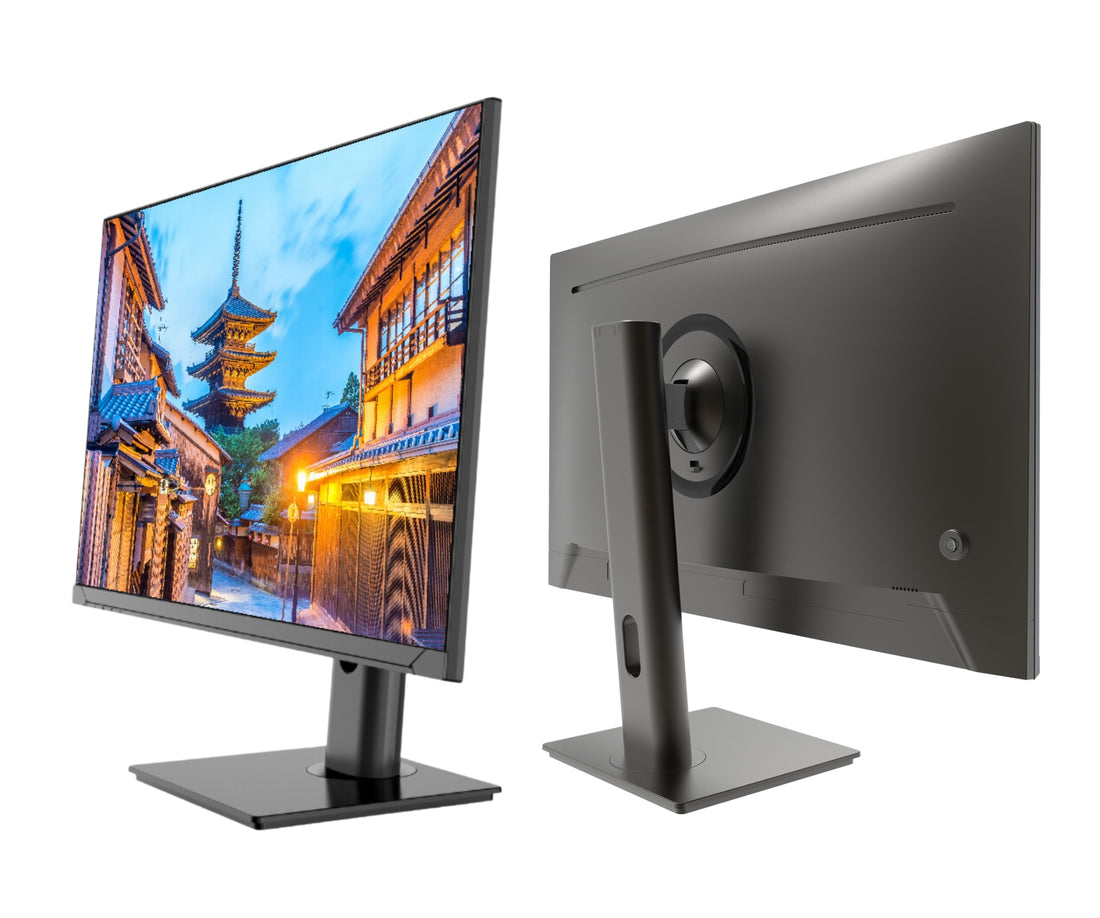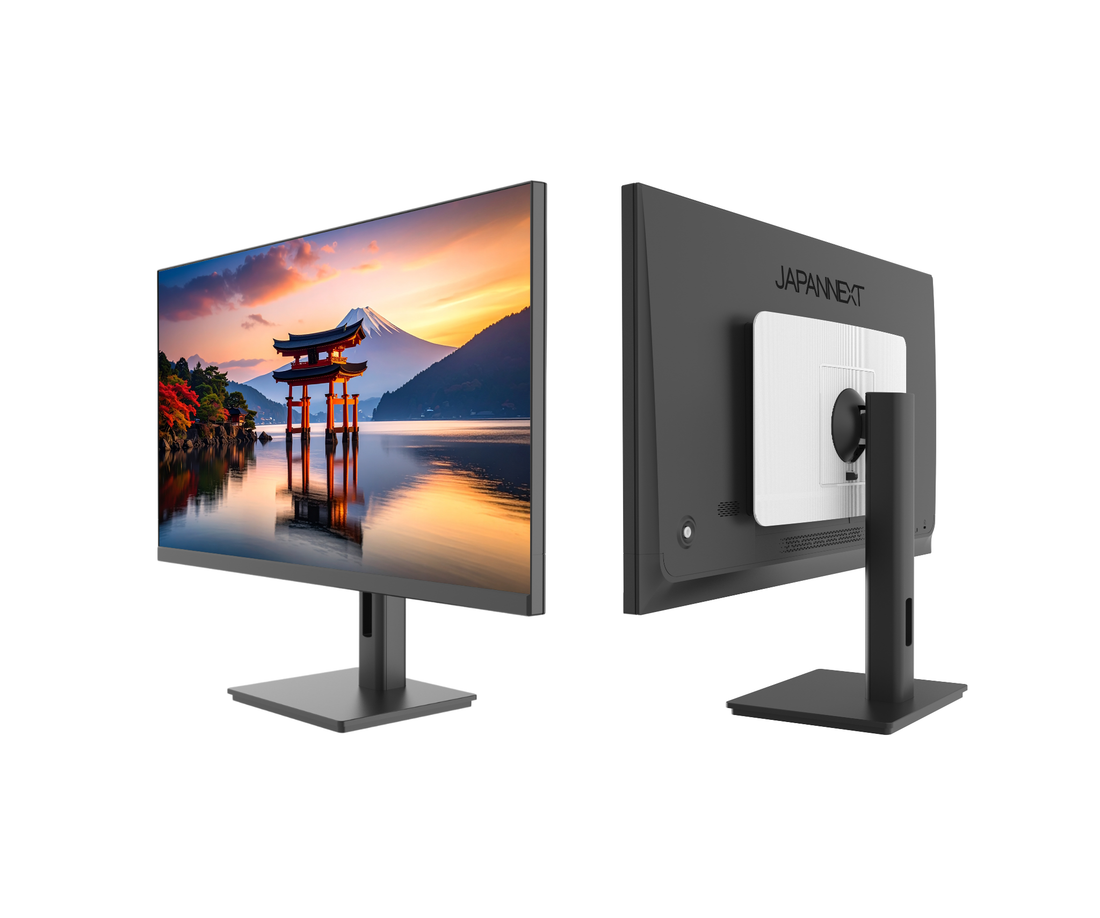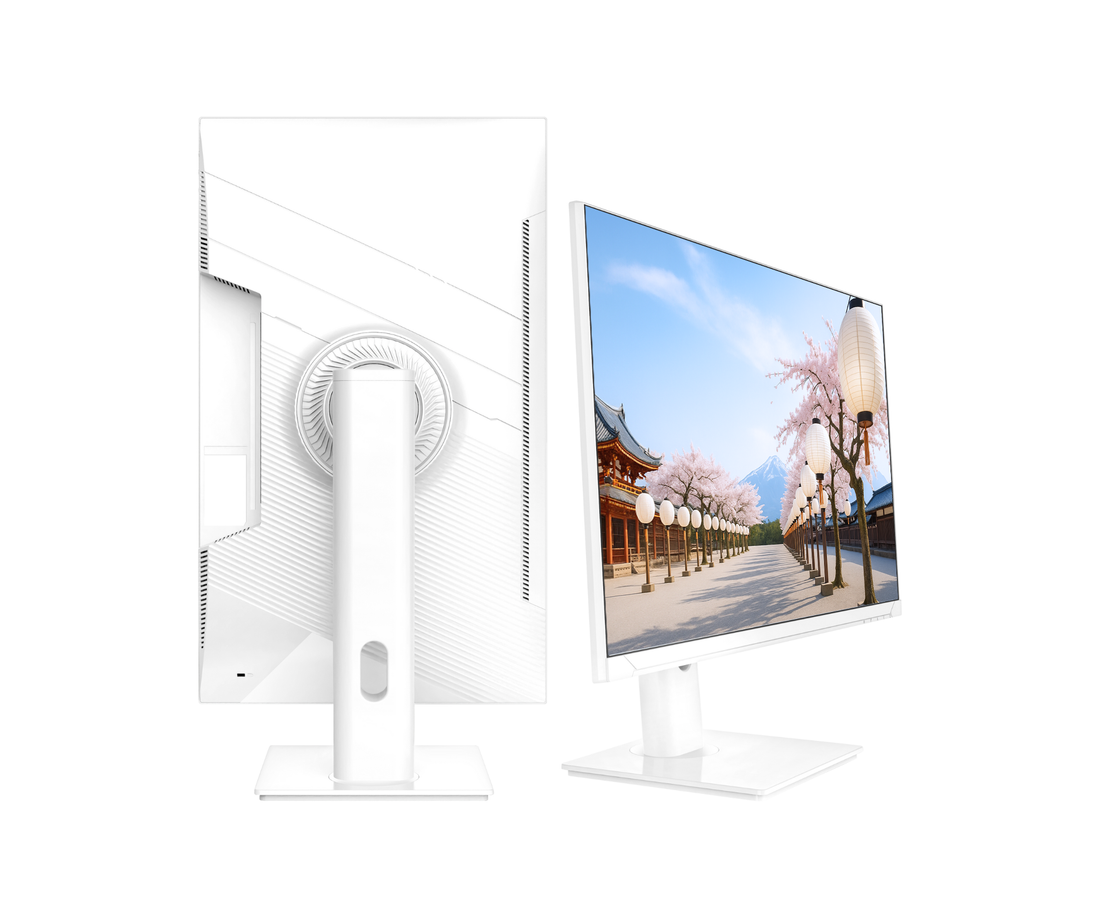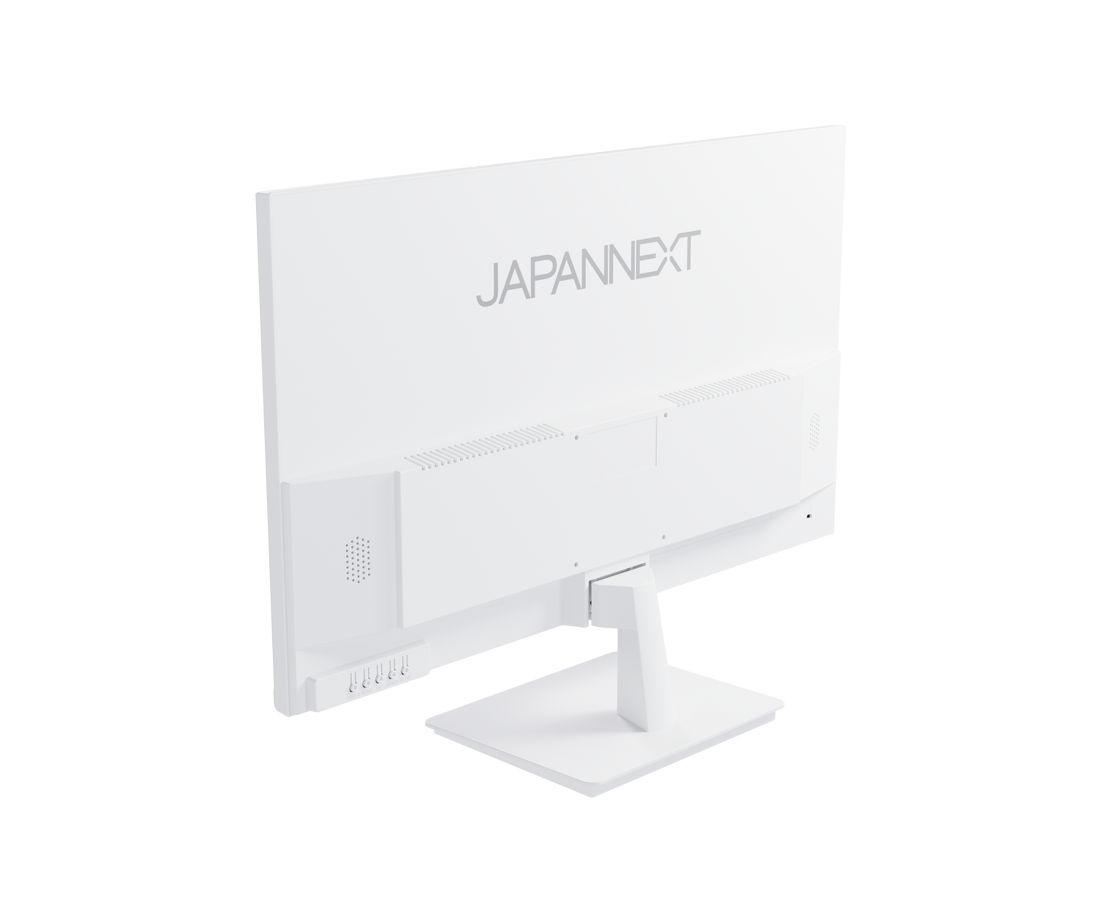Choosing the right desktop monitor
Whether you're a professional working from home, or you're simply looking for an extra monitor to maximise your productivity, it's essential to choose the right equipment for your office needs. In this article, we'll list the essential criteria to make the right choice and present a few models of monitor that offer good value for the price.
What criteria are important for a desktop monitor?
Screen size and resolution
For office use, a screen size between 21 and 27 inches will generally be sufficient. If you often work on long documents or want to display two windows simultaneously, opt for a model with a wider aspect ratio of 16:9 or 21:9. High-resolution screens, such as WQHD (2560 x 1440 pixels) or 4K UHD (3840 x 2160 pixels) models, also offer better text clarity, images and sheets, which means less eye strain on long working sessions.
Panel type: VA, IPS or TN
The type of panel directly influences the quality of the screen display. For office use, VA and IPS panels have major advantages over TN panels. VA monitors offer better contrast, which can be important if you work on documents with dark colors or in dimly lit environments. The IPS panels benefit from wider viewing angles and better colors quality, which is essential for graphics and photo editing professionals.
Ergonomics and comfort of use
To avoid backache, eyestrain and other discomforts associated with working for long periods in front of a screen, make sure it has all the ergonomic features you need. Choose a model with a height-adjustable, swivelling and tilting stand. If possible, you should also opt for models with a "low blue light" mode, which reduces the blue light emitted by the screen to minimise eye fatigue.
Check the ports available on the monitor to make sure it will be compatible with your computer, especially if you're using a laptop with specific connectivity such as USB-C or Thunderbolt 3. In any case, it's advisable to choose a monitor with at least one HDMI and one DisplayPort port, to ensure maximum compatibility with different types of device. A USB-C port has also become the norm, and can also be used to charge the computer connected to the monitor.
Three examples of desktop monitor.
- JN-IPS282UHDR-C65W: This 28-inch monitor offers an excellent compromise between display surface and space requirements. Its stand allows it to be adjusted in height, tilted but also completely rotated 90°. Finally, it offers very complete connectivity (USB-C, HDMI) but also great features such as charging your computer and the possibility of using it as a dock.
- JN-IPS3150WQHDR165: its 31.5-inch screen offers an extremely comfortable workspace: in terms of size, it is the new standard in Japan as an office monitor. With a refresh rate of 165 Hz, it also allows you to switch to a gaming session after a long day of work.
- JN-5X40: it's quite simply the standard in terms of display size! Nothing better for working and displaying several elements side by side. Extremely complete in terms of connectivity, it also offers the possibility of using a single keyboard and mouse set on 2 computers (KVM function) and recharges your computer.
To sum up
The choice of a desktop monitor must be made taking into account several criteria such as screen size, resolution, panel type, ergonomic features and connectivity. By choosing a model that offers good price/quality ratio, you will get from a better user experience and increased productivity during your working hours.

